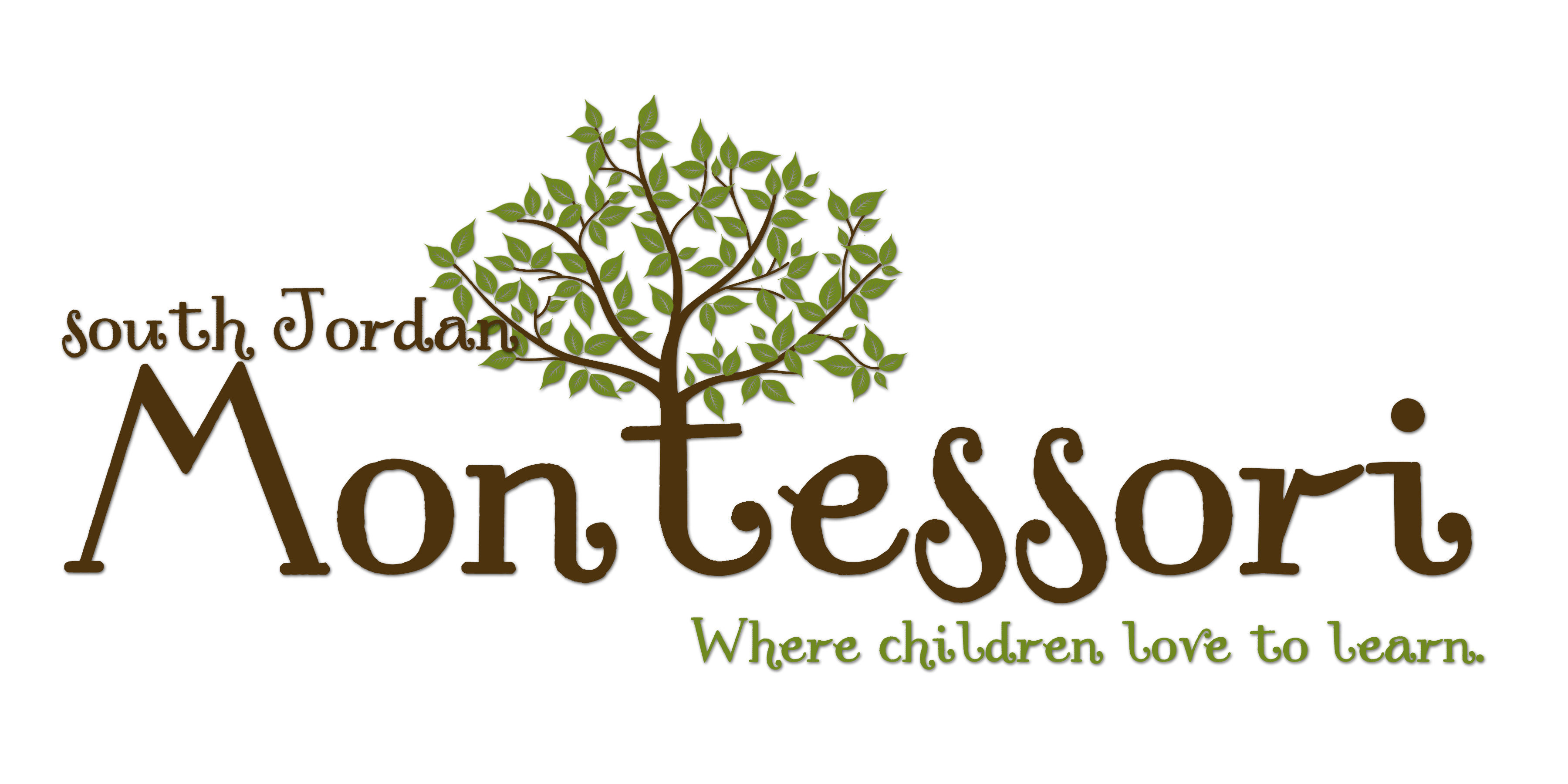Cultural
This area of exploration includes world geography, physical science, zoology, botany, history, art and music studies. Teachers present many activities for the children to do in these areas throughout the year. Most of the science activities for the younger children revolve around plants and animals. Additionally, two favorite activities involve magnetism and objects that sink or float.
The children study such topics as “Living or Non-Living,” “Plant or Animal,” “Vertebrate or Invertebrate,” “Fish, Amphibian, Reptile, Bird, or Mammal,”and “Parts of the Plant”.
The study of Geography begins with a set of land and water forms into which children pour water. The pairs of forms include lake-island, cape-bay, strait-isthmus, for example. Another lesson contains two globes: one with only land and water; the other with each continent colored a different color. The globes are followed up with a flat Map of the Hemispheres on which the color of the continents corresponds to the color of the continents on the globe. The children use this map as a puzzle, removing and replacing the continents.
The children learn the names of the continents and the oceans. Additional geography activities include further puzzle maps of the continents; children, festivals, and holidays around the world, and animals of the world. There are many art activities presented each month which often are related to cultural lessons that are being presented, holidays or seasons and students have the opportunity to choose which ones they would like to do.
